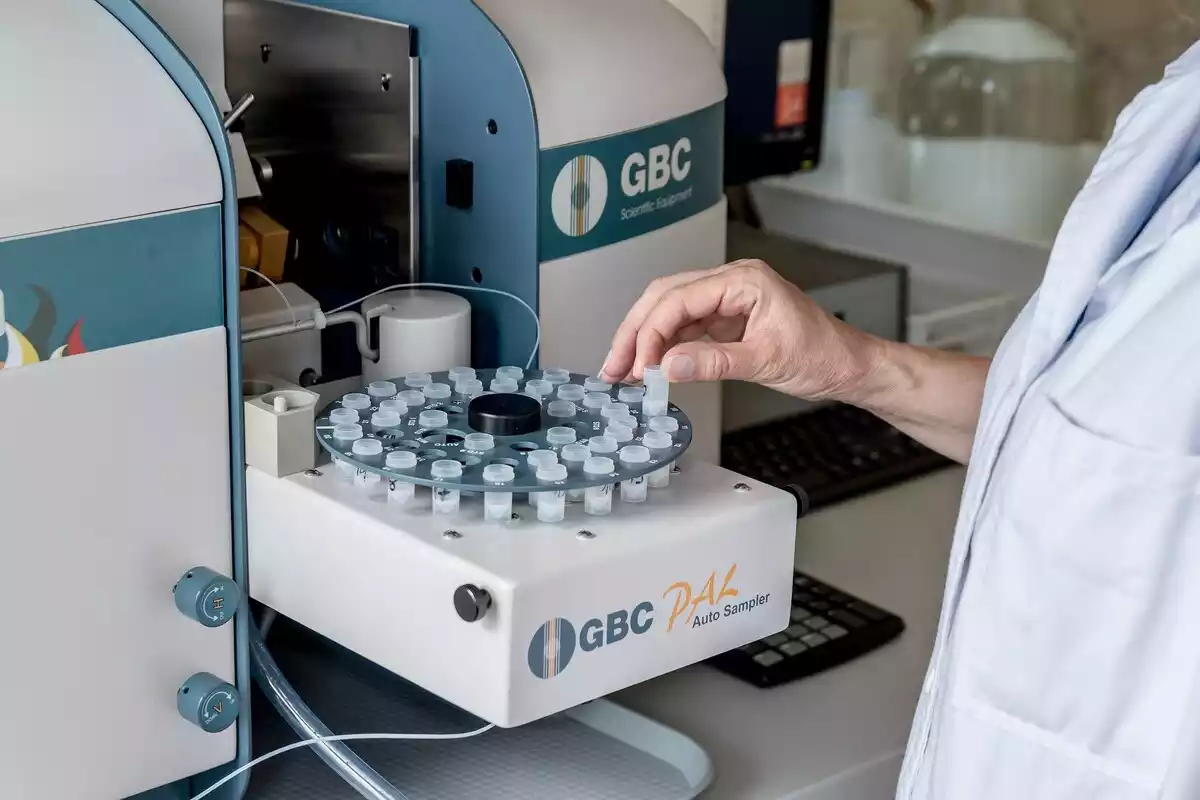In the US, prostate cancer is the most common cancer in males. The prostate plays an important part in a males reproductive system by allowing prostatic fluid to mix with sperm in the urethra. The most common tests for prostate cancer include a digital rectal examination and the measuring of the prostate-specific antigen function (PSA).
PSA is an enzyme that is found in normal prostate cells and its role is to assist with the dissolution of seminal fluid. Measuring these levels has become increasingly important when it comes to early identification and diagnosis of prostate cancer, but as technology has continued to develop, this is now part of a bigger picture.
How technology has helped with detection
Whilst measuring levels of PSA is still the most reliable way to identify prostate cancer early, this has now been combined with other tests that work to identify other tumor markers. Some of the newer tests that have been developed include:
Prostate Health Index (PHI)
The PHI still relies upon PSA levels. It measures the total levels of PSA including Free PSA and proPSA. This assists in determining how likely it is that cancer exists that requires treatment.
4KScore
This test involves looking at the total Free and Intact PSA levels. This is then combined with a measure of human kallikrein (HK2) and other factors to assess the likelihood of the presence of cancer that will need treatment.
ExoDx Prostate
This is a test that is used to identify aggressive prostate cancer that has perhaps developed. The test is carried out by identifying 3 biomarkers in a sample of urine.
New technology and diagnosis
Early detection of prostate cancer is of course much needed, but before any treatments, a full diagnosis is required and this sees a biopsy being needed. These biopsies have usually been taken by using transrectal ultrasound (TRUS). This produces black and white images so that professionals know where to take the biopsy from. It is possible that, due to image quality, these biopsies are not entirely accurate, but technology has allowed for new techniques such as:
Color Doppler Ultrasound
Tumors are believed to have more blood vessels than healthy tissue. Using the color doppler ultrasound means that the accuracy of biopsies is improved.
MRI/TRUS Fusion-guided biopsy
This test is used for men who may have had a negative diagnosis, but a doctor still holds the belief that cancer is present. This combines MRI scans with the traditional transrectal ultrasound.
The development of prostate cancer treatments
Whilst prevention is the overarching aim when it comes to prostate cancer, there are times when this has developed to such a stage that treatment is required. Technological advances have seen improvements made in the treatments on offer. Prostate cancer has always been known as highly treatable, but these treatments make that even more so:
Radiation therapy
While radiation therapy has existed for some time, developments in technology allow this to target any tumors more precisely. This saves the destruction of healthy tissues and lessens any side effects.
Surgery
Surgical options aim to remove the entire area that is affected by cancer. Developments in techniques have made this more effective and have led to fewer side effects.
High intensity focused ultrasound (HIFU)
HIFU has been available in other countries before but is only just being evaluated in America. This is used to treat prostate cancer in the early stages and targets cancerous cells with ultrasonic beams.
Technological advances have allowed prostate cancer to be detected at a much earlier stage. Once detected, the development in treatments available means that this disease is more treatable than ever before.

